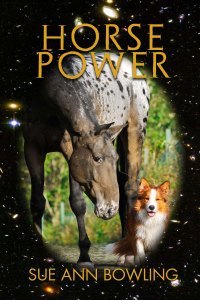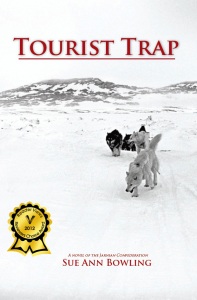 When I heard that the BBC was making a documentary about the Earth’s high latitudes, Frozen Planet, I knew I had to have the DVD if they made one. When stories appeared that the part on global warming would be cut for US audiences, I was horrified – and relieved when the Discovery Channel relented – at least partly. Since I do not have cable or satellite TV, I had to wait for the DVD. Finally it arrived and I have been watching it – when I have time between gardening, marketing and writing.
When I heard that the BBC was making a documentary about the Earth’s high latitudes, Frozen Planet, I knew I had to have the DVD if they made one. When stories appeared that the part on global warming would be cut for US audiences, I was horrified – and relieved when the Discovery Channel relented – at least partly. Since I do not have cable or satellite TV, I had to wait for the DVD. Finally it arrived and I have been watching it – when I have time between gardening, marketing and writing.
As you may have guessed from previous reviews, I adore David Attenborough and really don’t understand why so many of his nature programs for BBC have been released in the US with different narrators.
The first episode is a general overview, followed by one for each of the four seasons – but the seasons used: spring, summer, autumn and winter, are not the seasons as usually defined. In fact they are not well defined, but appear to be based on the weather rather than the usual spring = the period from the northward equinox to northern solstice in the northern hemisphere and from the southward equinox to the southern solstice in the southern hemisphere. Roughly, they seem to define the period of continuous (or at least very long) daylight as summer, that of continuous or very long night as winter, and the period of alternating daylight and dark as the transitional seasons – but even this is not well followed. Other ways of dividing the seasons may be the waning, absence, reformation and solidity of sea ice, or the melting, absence, buildup and universal presence of snow. All seem to be used to some extent.
These first five episodes are almost entirely about the natural world: the wildlife, the weather, the geography.
The sixth program is about how humans interact with the polar regions. Our species evolved in the Ice Age, so it is hardly surprising that we invaded the northern parts of the continents almost as soon as we could reach them. Two domesticated or semi-domesticated animals made this spread to northern climates possible: the dog and the reindeer. Early migrants and their descendants today relied heavily on the polar oceans, as agriculture of any kind is difficult in permafrost country (though I was a little surprised that permafrost was never really mentioned.) There was little mention of wild plant foods, though in fact berries and other wild plants are definitely part of the arctic diet, and the arctic in spring and summer has high productivity, as indicated by the number of migratory birds that breed at high latitudes. Today human interactions – and impacts – are more often focused on resource extraction.
Antarctica has had quite a different history. Undiscovered until relatively recently, its fauna has evolved with a lack of land predators that could make it very vulnerable. Luckily Antarctica is protected by international treaties so most of the human activity there today is scientific research. But how long will that remain true as our appetite for resources increases?
The seventh program is the “controversial” one. I’m not sure what the controversy was supposed to be about. The program shows observations at both ends of the Earth that demonstrate the thinning and melting of sea ice in the Arctic and collapse of ice sheets, which may act to buttress glaciers draining the interior, in Antarctica. The importance of enhanced glacier calving to sea level rise was touched on. The cause of this warming might be controversial, as is the use of weather records to observe it, but these were not even mentioned. Just the observed changes, and their possible impact on both the human inhabitants and the animals of the polar regions.
As an atmospheric scientist for most of my professional career, the only thing I considered even remotely controversial was the lack of any mention that human activity might in any way be responsible for the observed changes. Somehow I don’t think that was what had Discovery Channel worried.

















 Buy Homecoming from iUniverse
Buy Homecoming from iUniverse















